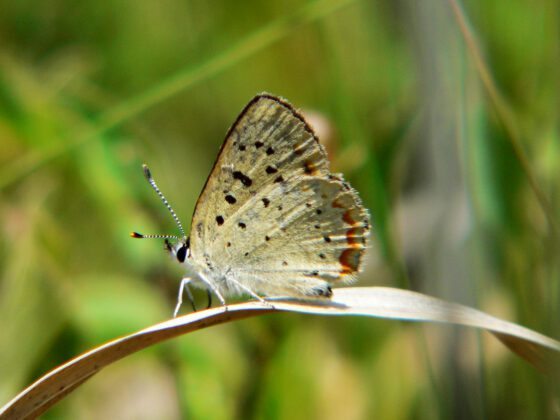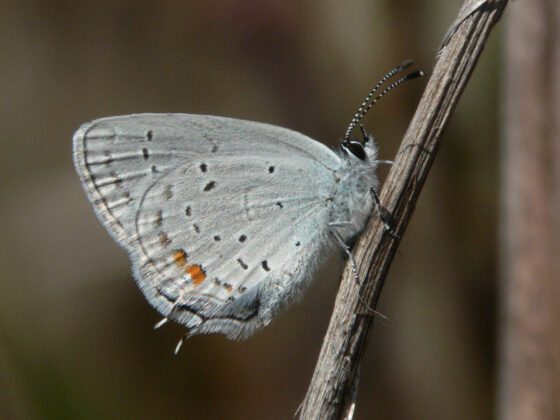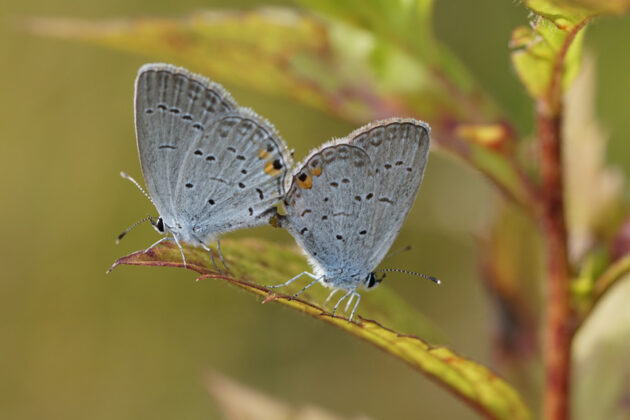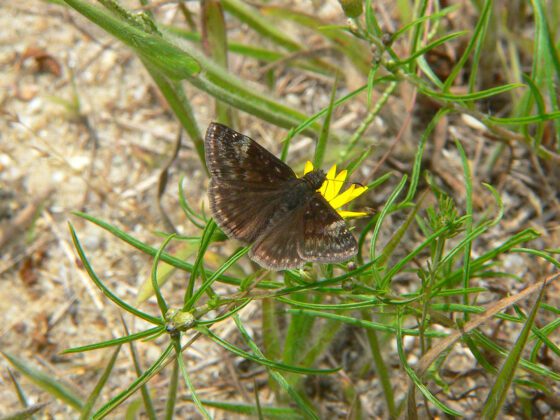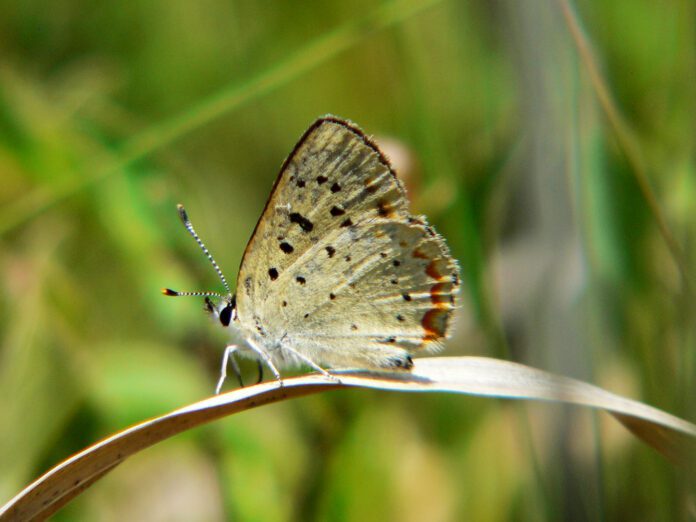
Among the most common wildlife questions that I get these days runs about like this: “I’m hardly seeing any butterflies. Are their numbers down?”
It’s a question to handle with care. A lot of factors can create the impression of a change in population size, when in reality nothing has happened. For one thing, the human mind is notoriously uneven in what it remembers or forgets, and one intense experience involving a lot of butterflies can easily loom large in your memory, distorting your expectations for years to come. For another, declines can be quite local in nature.
Moreover, butterflies, like most insects, fluctuate wildly in abundance. Populations year to year can easily vary by a factor of 10. So even if it’s not just your flawed perception and numbers truly are low, the decline may be short-term and not really meaningful.
But there are good reasons to be concerned about declining insect populations. In both the popular and scientific presses, a host of articles in recent years have argued that insects are dwindling in numbers across the globe. Some of those analyses don’t entirely hold up. But many do, and I think at this point the evidence, ranging from purely anecdotal impressions to rigorous controlled studies, strongly supports the notion of widespread declines in insect numbers.
The reasons are less clear, but surely involve multiple factors: an increasingly toxic and polluted environment, a changing climate that puts insects out of kilter with the plants they’ve evolved to depend on, the explosive spread of invasive species, and the loss or fragmentation of habitat.
From a Vineyard perspective, and to look specifically at butterflies, I feel quite confident that numbers have declined significantly in the 25 years I’ve lived here. The decline is dramatic in my Oak Bluffs neighborhood. Since butterflies are one of my oldest interests, I’ve kept records of what I’ve seen. Many species that were formerly easy to find, or turned up routinely in my yard, are verging on rare now, or show up in the yard only once or twice a year.
What’s going on? Of the things that could drive a decline in insect numbers, perhaps the most potent factor on the Vineyard is probably habitat loss and fragmentation. In my neighborhood specifically, I think the problem is that a lot of formerly vacant lots or small patches of open space have been developed over the past quarter-century. The result is a sharp reduction in potential butterfly habitat.
Think of your neighborhood from a butterfly’s perspective. Vacant lots or abandoned agricultural land, with a diverse mix of flowers and plants growing on them, can function as useful habitat, offering the caterpillar food plants, shelter, and other resources a butterfly needs to complete its life cycle. Other places — closely mowed lawns, for example — offer nothing of use to a butterfly.
As those vacant lots or undeveloped land are converted to other conditions, the number of potential breeding sites for our hypothetical butterfly drops, and remaining sites get farther and farther apart. As breeding sites are spread more thinly on the land, butterflies are less likely to move successfully from one site to another. So the population at any one spot can grow isolated, inbred, and weakened. And if the butterfly population at any particular patch of habitat winks out for any reason, the odds of that site getting recolonized get lower and lower.
The most insidious aspect of this process is that it is very hard to notice until things get totally out of hand. Human observers, even ones like me who deliberately study the natural world, can be mighty obtuse: About all we notice about wildlife is its presence or absence, the rough outlines of its seasonality, and its most basic habitat associations. We have no real grasp of the full complexity of a species’ ecological relationships, or of how its population as a whole moves around the landscape. As a result, for as long as we continue to see the members of our local population, we assume that everything is fine. But it’s entirely possible for your local population to grow isolated, and ultimately doomed. We suddenly realize we haven’t seen that species for a year or two or three, and we wonder what might have gone wrong.
Happily, there are constructive responses we can make to declining wildlife populations. Land can be protected for conservation purposes, and managed so it continues to provide quality habitat for specialized species. And we can alter our landscaping preferences, replacing groomed lawn and exotic shrubs with a little productive chaos: a mix of flowers, some dense, uncut vegetation, perhaps a water source, so that our yard regains some of the value it formerly had for wildlife.
Such measures will not, sadly, solve the problem of insect declines entirely, especially not at the global scale. I hate to say it, but I believe that the Vineyard (and indeed everyplace else) is destined to see serious declines in biodiversity. But if enough people make the effort, we can have a meaningful effect to reduce the rate of loss, or even regain some ground, in our own neighborhoods.

